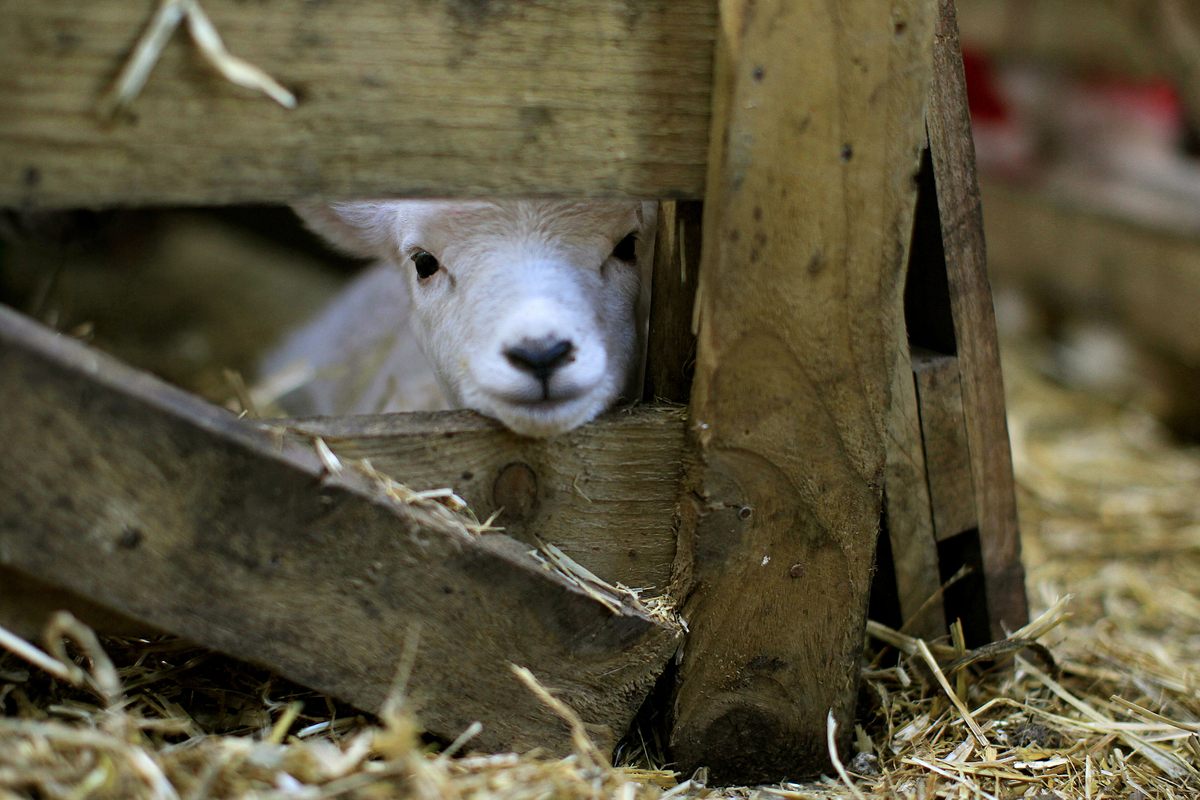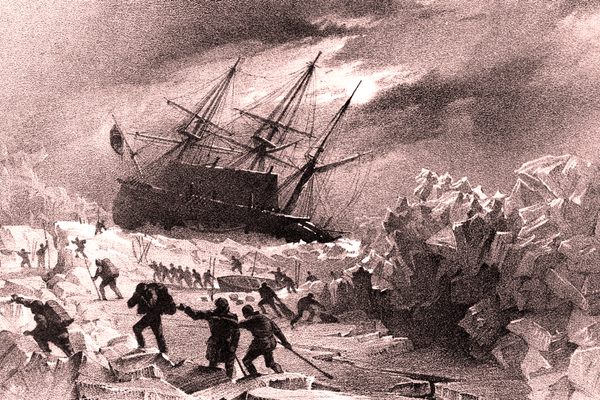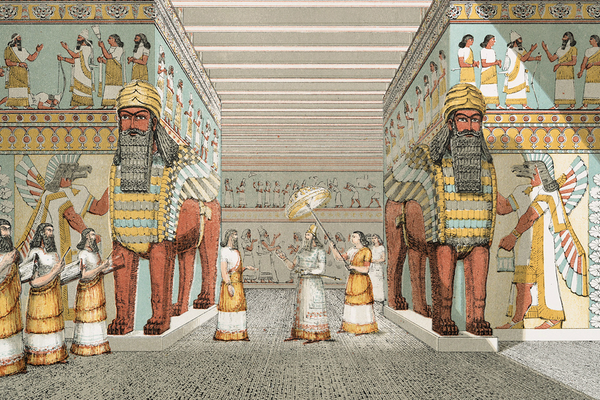Imbolc, Groundhog Day, and Brigantia All Celebrate the Coming Spring
Whatever you call it, early February’s cross-quarter day reconnects us with ancient astronomical timekeeping traditions.

The wheel of the year is turning. In the Gregorian calendar system, we are already one month down, and about to experience the first Sun-oriented event of the year. In the lunisolar calendar system used in China and other parts of Asia, we are closing out the last month of the year and entering a new one: the Year of the Dragon. In the Northern Hemisphere, February might be a dead time of year for gardening and most outdoor activities, but it is a banner month for astronomical timekeeping.
On the Gregorian civil calendar and solar calendars, Feb. 1 is a cross-quarter day, which marks the midpoint between a solstice and an equinox. To understand why this matters, first consider that the sun itself divides our solar year into four parts thanks to a quartet of events: the winter and summer solstices, and the vernal and autumnal equinoxes. These are the quarter days, which track our tilted planet’s journey around the Sun and also how the Sun’s path, from our vantage point, changes over the course of a year. These days are important, now and for our ancestors, and in both hemispheres. The winter solstice promises the return of the light; the spring equinox tells of fresh growth and new life; the summer solstice brings us long days of warmth and plenty; and the fall equinox tells us to harvest and to harbor.
The Northern Hemisphere’s winter solstice usually lands on Dec. 21, the longest night of the year (and, in the Southern Hemisphere, the longest day, or summer solstice). The winter solstice is also the day when the angle of the Sun’s path across the sky, which has been sinking toward the horizon for the past six months, pauses and then begins to climb higher in the sky again. The spring equinox, marking a day and night of equal length, falls this year on March 19. We are midway, or crosswise, between them. Ancient people commemorated these cross-quarter days, too.
Feb. 1 is Imbolc, a pre-Christian tradition attributed to Celtic people, though it probably predates the Celts. It’s still celebrated in Britain and Ireland. Imbolc is also known as Brigantia, after the Celtic deity of fertility and light, acknowledging the advance of the Sun higher into the sky as we move toward the vernal equinox.
Later, to Christians, the day became known as Candlemas: People would bring household candles, important and highly valued items, to church to be blessed. In Ireland, it is St. Brigid’s Day, honoring a woman who befriended St. Patrick and began Ireland’s first religious order (and is syncretized to that powerful Celtic goddess).
In the United States, we celebrate this holiday as Groundhog Day, a nod to a tradition brought to the country by German immigrants, particularly 18th-century arrivals colloquially known as Pennsylvania Dutch, a term reflecting both where they settled and a mistranslation of Deutsch. In some areas of Germany, Candlemas was long known as Dachstag, or “badger day.” If a badger emerged from his den on Dachstag and saw his shadow, he would crawl back into his hole, portending a month or so of winter still to come.
Over time, the imported tradition transformed into one starring an American mammal, the groundhog (also called a woodchuck). Today, this rodent-based weather divination has imprecise results: The groundhog has a 50 percent chance of seeing his shadow, forecasting six more weeks of winter.

In Celtic tradition, Imbolc is the beginning of lambing season. The word means “in the belly,” and like Beltane and other Celtic quarter days, is probably agrarian in origin; sheep tend to have their lambs earlier in the year than cows have their calves, so farmers and shepherds could tell spring was coming when the lambs began to arrive.
The counterpart to Imbolc is not, as you might suspect, Samhain (also spelled as Samhuinn and celebrated popularly today as Halloween, coinciding with All Saints’ Day and Dia de Los Muertos). The cross-quarter day Samhain marks the end of harvest time and the beginning of a long season of privation. Imbolc is actually opposite Lughnasa, or Lughnasadh, celebrated on Aug. 1. Like Imbolc, Lughnasa marks the start of an important time in the agrarian calendar: It is the beginning of the harvest, time to reap what you have sown in the spring days that were heralded by Imbolc. In the cyclical way of all things, Lughnasa is a harbinger of change, and encourages us to prepare for winter’s cold and darkness, while Imbolc encourages us to prepare for the return of the Sun and its summer warmth and light.
The return of that light is less important to February’s other major astronomical event: The Lunar New Year, most closely associated with the traditional Chinese calendar. In this system, the new year begins at the sighting of the new Moon on Feb. 10 (Feb. 9 in North America). Each year is associated with one of the 12 Chinese zodiac signs, and also aligns with one of five elements to form the Chinese astrological year. 2024 is the year of the Wood Dragon, which is associated with power and progress.
Both cross-quarter days and the Lunar New Year are about our relationship with the passage of time, which we derive through the stars, the Sun, and the Moon. Whether you turn the page to a new month or a new year, find ways to celebrate this ancient connection to the cosmos, and to people who have gone before you. These human-devised divisions of time, all based on the heavens above us, promise that good things are still to come.
Wondersky columnist Rebecca Boyle is the author of Our Moon: How Earth’s Celestial Companion Transformed the Planet, Guided Evolution, and Made Us Who We Are (January 2024, Random House).














Follow us on Twitter to get the latest on the world's hidden wonders.
Like us on Facebook to get the latest on the world's hidden wonders.
Follow us on Twitter Like us on Facebook